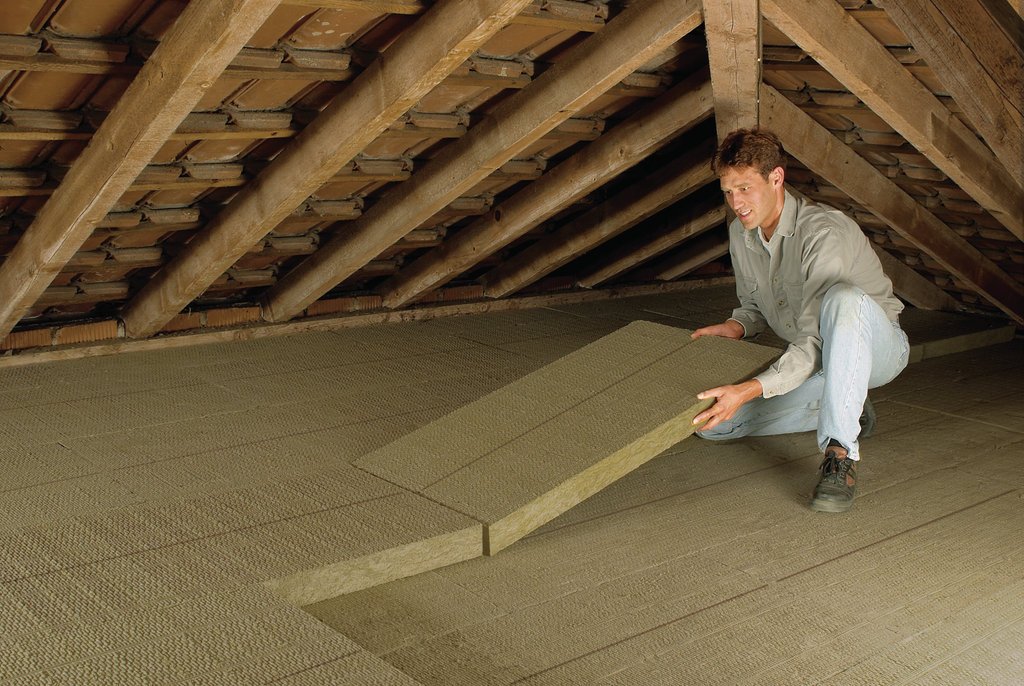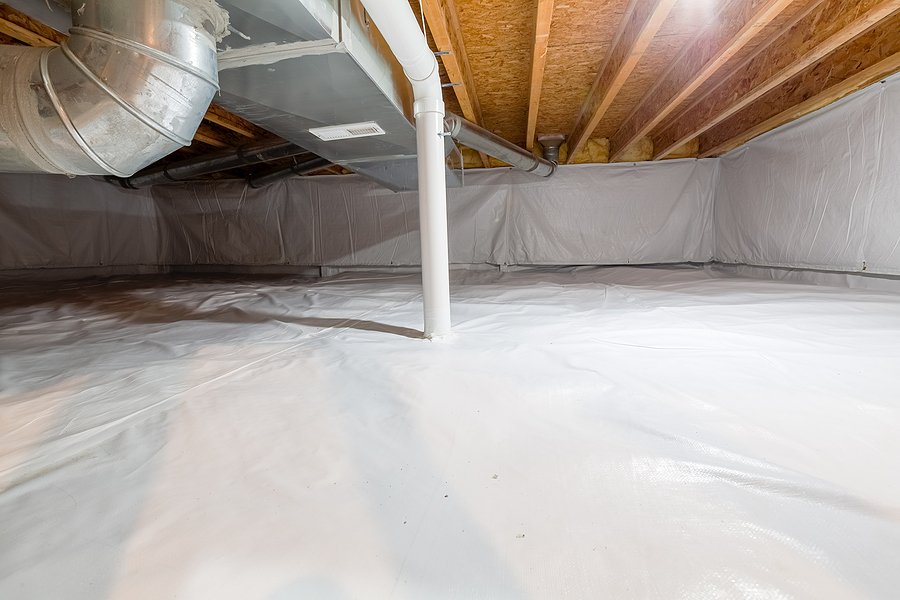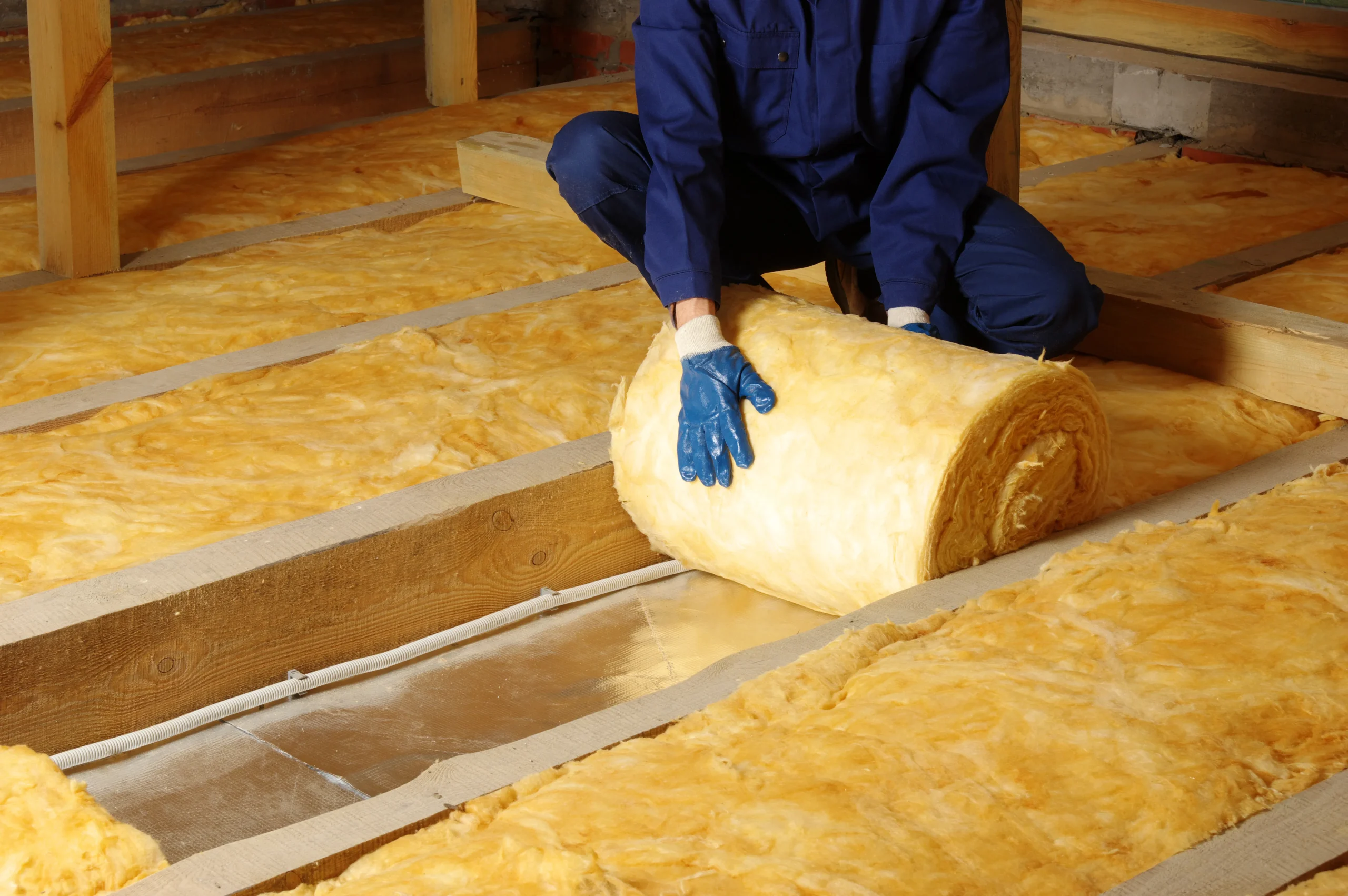Insulation is an important element in the creation of an energy efficient, comfortable living or working environment. When you have the attic and walls properly insulated you can reduce energy consumption by practically half, keep more control over temperature fluctuations and even enhance that sound. Glass Wool Insulation—The Most Common Insulation Material Glass wool insulation is one of the most common and widely used forms of insulation. In this comprehensive guide, we’ll look into why you should opt for Glass Wool Insulation not just to prevent heat loss and noise, but get to know the functionalities when it comes to such use in an air conditioner duct insulation, HVAC duct insulation and building insulation.
What is Glass Wool Insulation?
Glass Wool Insulation is a fiber material made from glass that is melted at high temperatures and spun through the process of blowing or drawing from the molten glass. Glass wool is made from liquid glass that solidifies into fibers; in some cases, manufacturers also use a resin binder. This densely packed glass fiber structure traps air and air pockets, providing the material with characteristics ideal for thermal insulation and sound absorption, making Glass Wool an ideal product for use in such applications. It is also widely applied in residential, commercial, and industrial insulation applications due to its versatile performance, effectiveness, and cost savings.
The fiberglass insulation that comprises Glass Wool Insulation is finer than those used in other types of insulation, such as fiberglass wool, which is much rougher to the touch. This means that dust and other atmospheric pollutants are less likely to get trapped in insulation that uses Glass Wool, and this type of insulation will last longer and perform better over time. It can be mounted on ceilings, walls, floors, and ducts, making it suitable for a wide range of construction purposes, especially for thermal insulation.
The Importance of Glass Wool Insulation for Thermal Control
Glass Wool Insulation is required to maintain thermal comfort throughout the year. Glass Wool captures air making for a protective guard that lowers the level of heat that travels through it. In cold regions, it traps warm air inside, cutting down on heating costs. In warmer climates, it blocks heat from entering, while allowing fresh air to enter and spend less when air conditioning is needed most.
By maintaining a consistent temperature, Glass Wool Insulation reduces energy costs and lowers CO2 emissions. It’s also great for air conditioner duct insulation and HVAC duct insulation reducing your energy bill by stopping heat or cold transfer through your ducts.
Acoustic Insulation: Reducing Noise with Glass Wool

Noise is an issue in cities, in business environments, in homes. Whether it’s street noise, machinery or sounds coming from neighboring rooms, unwanted noise can interfere with peace and relaxation. Glass Wool Insulation is a good option for sound insulation due to its property of absorbing sound waves to minimize the noise transmitted between rooms.
Acoustic insulation stops sound from passing through walls, ceilings and floors. The compact structure of Glass Wool makes it an effective noise absorber as sound waves are trapped in the porous structure thus reducing the noise pollution. It is suitable for a broad range of applications including homes, offices, schools, recording studios, home theater setups, and more.
With respect to acoustic insulation, Glass Wool reigns, that’s because of Glass Wool’s high density making it an excellent sound proofer. For example, compared with Rockwool insulation, Glass Wool is better at sound absorption because its fibers are finer and more flexible, so it is able to absorb sound better. Whether you’re wanting to insulate an office or a factory, Glass Wool will decrease the level of noise transfer, providing a quiet space for the home or the office.
The Advantages of Glass Wool Insulation
Energy Efficiency and Cost Savings
One of the major advantages of Glass Wool Insulation is that it has a very low energy consumption. By increasing thermal insulation, this type of glass is designed to keep your home at a comfortable temperature, regardless of whether it’s hot or cold outside. This prevents unnecessary strain on heating and cooling systems and ultimately reduces the energy used and utility costs incurred. Energy efficiency savings from reduced need for heating and cooling can also sometimes pay back the cost of the insulation, and sometimes even offer a return..; Glass Wool Insulation is a wise investment over the long term based on energy savings.
Also, Insulation Glass Wool Insulation is a cost-effective product as compared to other Insulation materials like Rockwool insulation or fiberglass Insulation. It provides the same thermal and acoustic performance as the standard Speedy insulation at a lower price-point, and is recommended for homeowners, multi-family contractors, and other end-users seeking a cost-effective, high-quality insulation solution.
Fire Resistance
Glass Wool Insulation is inherently fire-resistant due to the glass material from which it is made. This makes it a safe choice for building applications where fire protection is crucial. It does not burn or release toxic gases when exposed to high temperatures, adding an extra layer of safety to your home or office.
Moisture Resistance

Unlike many other insulation materials, Glass Wool Insulation is resistant to moisture. It doesn’t absorb water, which helps stop mold and mildew from growing. This makes it especially suitable for HVAC duct insulation and areas with high humidity, such as bathrooms or kitchens. Moisture resistance also ensures that the insulation maintains its effectiveness over time.
Durability and Longevity
Glass Wool Insulation is long-lasting and highly durable. It doesn’t degrade or lose its insulating properties over time, even when exposed to harsh conditions. This means that once you install it, you can expect it to continue performing effectively for many years without needing replacement or major maintenance.
Environmentally Friendly
Glass Wool Insulation is an environmentally friendly choice.It is made from recycled glass, reducing the need for new materials and minimizing environmental impact. Additionally, its energy-saving properties help reduce overall energy consumption, which in turn reduces carbon emissions and contributes to a more sustainable living.
Applications of Glass Wool Insulation
Air Conditioner Duct Insulation

Air conditioning is essential for maintaining comfort in both homes and businesses, and the insulation on the ductwork significantly impacts the effectiveness of the air conditioning. Ducts need to be properly insulated, or they lose energy as heat, forcing the air conditioning unit to work harder. Air conditioner duct insulation with Glass Wool is perfect for insulating ducts, helping to reduce the workload of the system and maintain a consistent air temperature. This lowers energy consumption and extends the life of the air conditioner.
HVAC Duct Insulation
This systems are designed for heating, ventilation, and air conditioning, and need proper insulation to ensure air flows through the ducts without losing temperature. HVAC duct insulation with Glass Wool keeps the air warm in winters and cool in summers, maintaining the desired temperature throughout. It also minimizes the noise caused by the flow of air, making the environment more pleasant and quiet.
Building Insulation
Glass Wool Insulation is commonly used for thermal and acoustic insulation in walls, ceilings, floors, and roofs. By improving the energy efficiency of the building, it helps maintain consistent temperatures throughout the year. It also absorbs sound, making it ideal for spaces where noise reduction is important, such as in residential buildings, offices, and schools.
Why Airlution is the Best Choice for High-Quality, Energy-Efficient, and Insulation Solutions
Airlution is the answer when it is about making space comfortable and energy efficient. Our Glass Wool Insulation offers exceptional thermal and acoustic performance, enhancing comfort in both your home and office.With fire resistance, moisture retention and the value of long-term durability, Airlution insulation ensures that your home or office is a warm and safe place while providing peace and quiet. Whether you require insulation for your HVAC, air conditioning ducts or the structures of your building, Airlution offers low cost and environmentally friendly solutions which help to lower your carbon footprint and improve the quality of the environment you live in. Choose Airlution—for comfort and sustainability with a touch of luxury!
In addition to our top-notch insulation services, Airlution also provides a comprehensive range of duct-related solutions to ensure the optimal performance of your HVAC systems. We specialize in duct cleaning, which removes dust, dirt, and debris, improving air quality and system efficiency. Our duct system maintenance services ensure your system continues to run smoothly, preventing costly repairs and enhancing its lifespan. For better energy efficiency, we offer duct cladding services that protect your ducts from temperature fluctuations, reducing energy loss. We also provide pre-insulated ducts that are ready to use, saving you installation time and reducing energy loss. Additionally, our round ducts are designed to optimize airflow and ensure maximum efficiency for your system. At Airlution, we are dedicated to providing complete solutions for your HVAC and duct needs, creating a more comfortable and energy-efficient environment for your home or office.
Conclusion
In a nutshell, Airlutions Glass Wool Insulation offers great value with its thermal and sound reduction features, all packed in a light and easy-to-handle roll. Homeowners, builders, and facility managers appreciate its value because it reduces heat transfer and quiets noisy systems without breaking the budget. Whether used on air conditioning duct pipes, HVAC ducts, or within wall/ceiling cavities, Airlution Glass Wool helps lower energy costs, reduce noise, and create quieter rooms. Its fire-rated, moisture-resistant fibers continue to perform even in damp or exposed environments, while being made from recycled glass helps protect the planet. Choose Airlution Glass Wool to protect your comfort, budget, and the environment.
For more information or to start your insulation, contact us today. Simply tell our friendly staff what you would like to achieve and which product is best suitable for you, and we will assist you through an easy installation. Call Airlution today, and let’s create a space that remains warm (or cool), quiet and energy-efficient — now, and for years to come.
FAQs
1. What is Glass Wool Insulation?
Glass Wool Insulation is made from fine glass fibers spun into wool-like strands. It is used in walls, ceilings, floors, and ducts to provide thermal and acoustic insulation, saving energy and reducing noise.
2. How Glass Wool Insulation Enhances Energy Efficiency?
Glass Wool Insulation traps air in its fibers, creating a barrier that reduces heat transfer. This helps maintain warmth in winter and coolness in summer, reducing heating and cooling costs, and saving energy.
3. Is Glass Wool Insulation fire-resistant?
Yes, Glass Wool Insulation is fire-resistant. It won’t burn or release toxic gases when exposed to high temperatures, making it a safe choice for building applications where fire protection is essential.
4. Is Glass Wool Insulation Suitable for Humid Areas?
Yes, Glass Wool Insulation is moisture-resistant, preventing water absorption, mold, and mildew growth. It’s ideal for high-humidity areas like kitchens, bathrooms, and HVAC ducts
5. How long does Glass Wool Insulation last?
Glass Wool Insulation is durable and maintains its insulating properties for many years, continuing to provide long-term energy savings and comfort.


